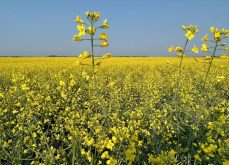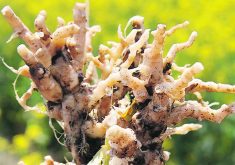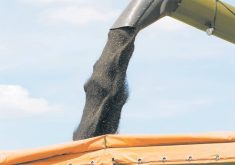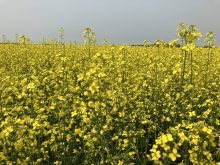The Canola Council of Canada’s plan to push production to 26 million tonnes annually by 2025 is still on — but the goal is looking ever-more daunting.
The joint farm-industry organization released an updated “innovation strategy” last month to support it’s ‘Keep It Coming — 26 by 2025’ initiative. The strategy report has a long list of where gains might be made (including better genetics, agronomic practices, and fertilizer use), all focused on pushing up per-acre yields.
“The 26-million-tonne goal will depend primarily on yield increases (52 bushels/acre) achieved through sustainable intensification so as not to increase land use in support of crop rotation, disease management, farm economic risk management and biodiversity,” the document states.
Read Also
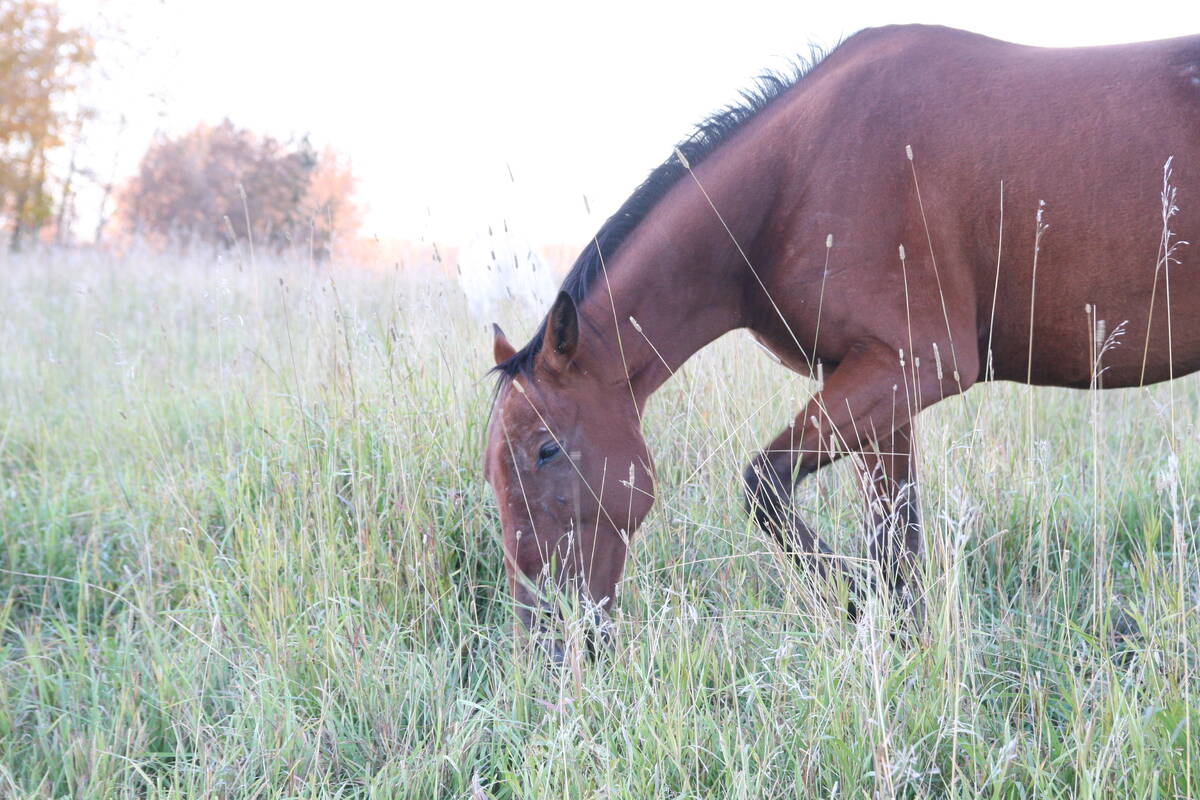
Beware giving horses too much iron
Horses consuming too much iron through diet or well water risk health problems like laminitis. Mineral testing forage and water is good practice for owners.
But that quote sits just under a graph that starkly illustrates the challenge.
The graph below shows the rapid gains in production during the first 13 years of this century were mirrored by a rise in acres. But the area seeded to canola has more or less flatlined since then and production peaked in 2017 at just under 21.5 million tonnes. It then slipped in the following three years: 20.7 million in 2018, 19.9 million in 2019, and 19.5 million in 2020. (Last year was an outlier, as drought hammered crops, pushing production to 12.6 million tonnes, the lowest level since 2007.)

Nevertheless, the canola-processing sector seems convinced that challenge can be met.
While canola crush capacity has been relatively steady at around 11 million tonnes in recent years, the report projects it will approach 18 million tonnes by 2025 (with about 16 million tonnes being crushed that year).
“With the announcements in 2021 and early 2022 of five new processing plants in Saskatchewan and the doubling of another, canola has opportunity to increase its place among the major growth sectors in the Canadian economy and play a key part in the post-COVID recovery,” the report states.
Although many items on the report’s wish list (more oil content, improved disease resistance), are long standing, there is an evolution of language.
For example, changes in climate are spoken of in the present tense: “Climate change is impacting production, which means canola agronomic practices and genetics will need to adapt to weather variability, including warmer, drier conditions primarily, but also excess water in some years and areas.”
In addition to calling for more efficient fertilizer use, the document also states greenhouse gas emissions from canola production must be reduced.
“A clear goal is to harness innovation to produce and process canola with the lowest carbon footprint of any oilseed grown,” it states before going on to say, “We need to know the current nitrogen use efficiency for canola in Canada, how much is lost during production and why, and how to reduce losses and improve N efficiency.”
The report calls for more research in a number of areas, and backs “research on smart farms and ‘Living Labs’ to address canola-specific issues and to develop a model for on-farm testing by industry and growers to evaluate new management practices and products.”
And while new and improved crop protection products need to be developed, the strategy also supports non-chemical ways to deal with pests.
“Encourage ways to improve biodiversity in rural Western Canada,” it states. “This includes understanding of beneficial insects and their economic value, and an appreciation for non-farmed spaces. This could include putting lower productivity areas back into perennial grass habitat.”
The strategy can be found at the the council’s website at Canola Innovation Strategy.





